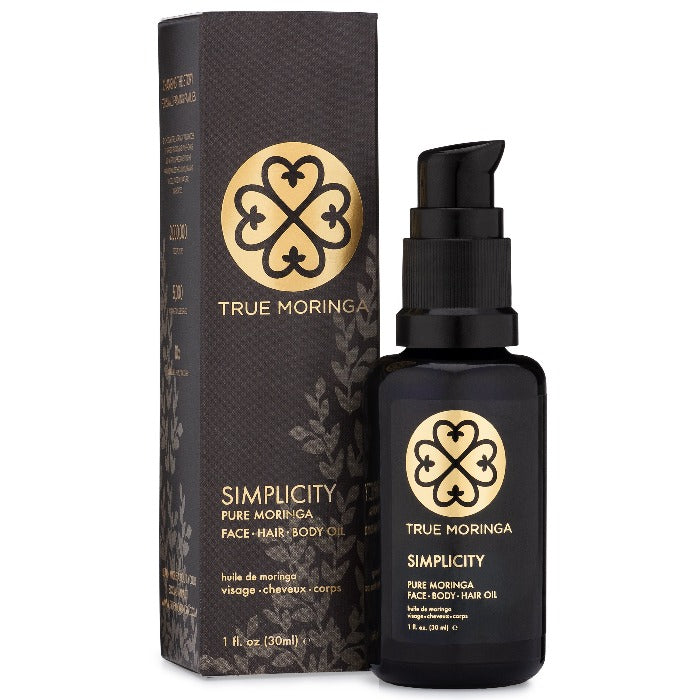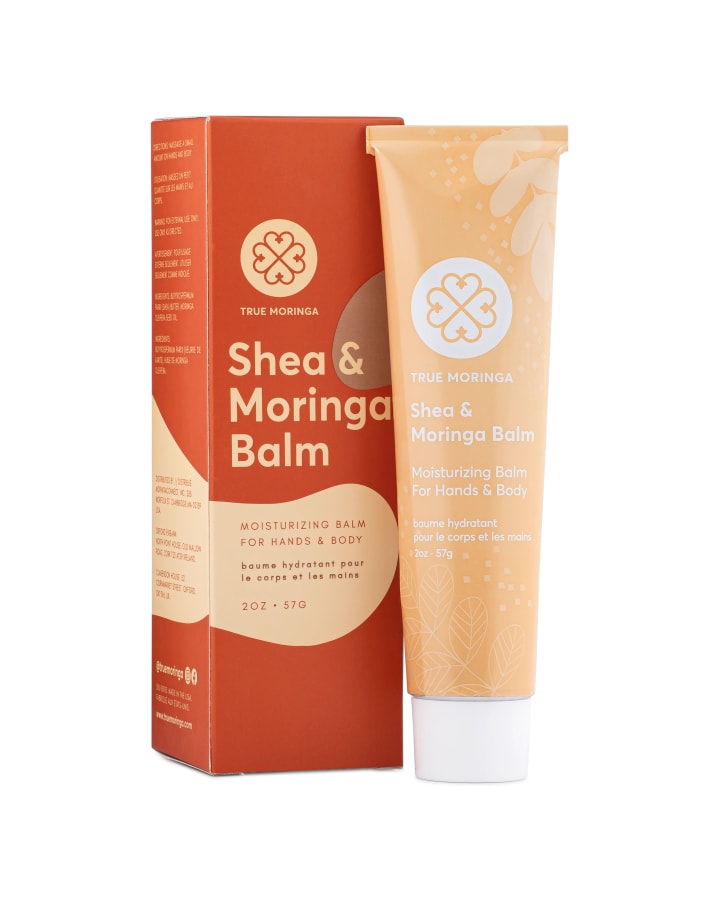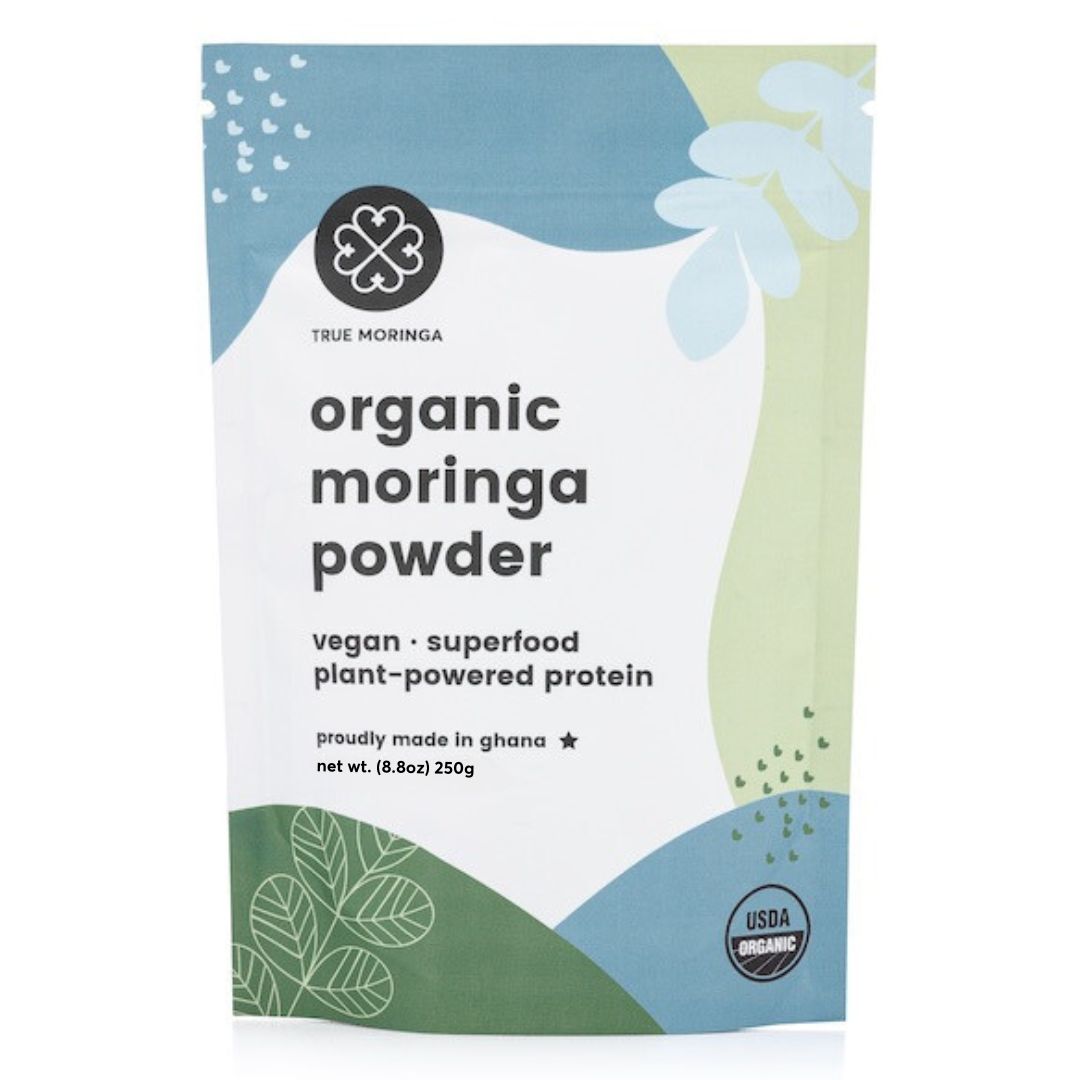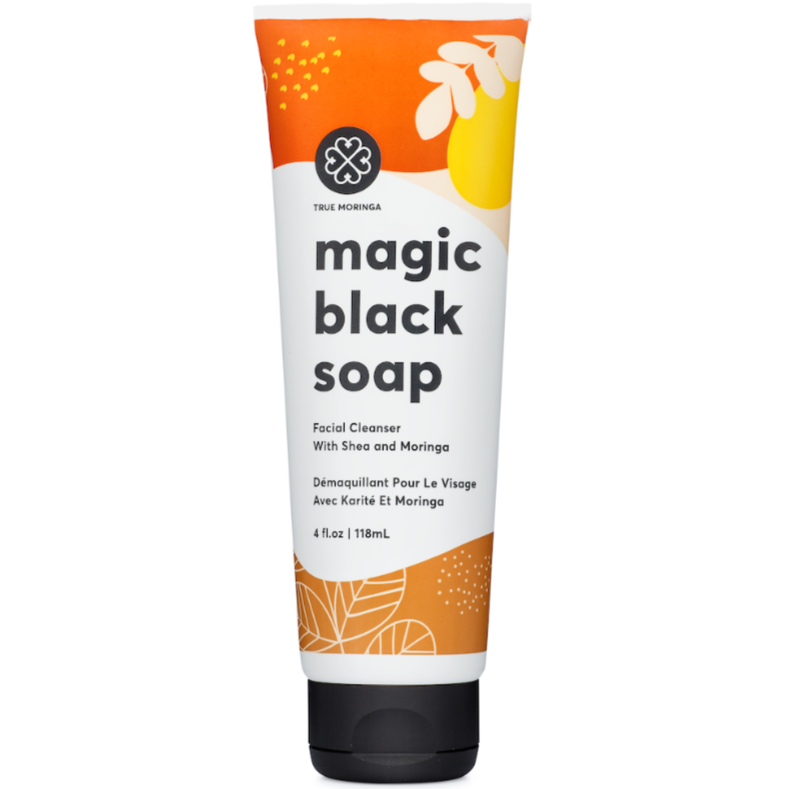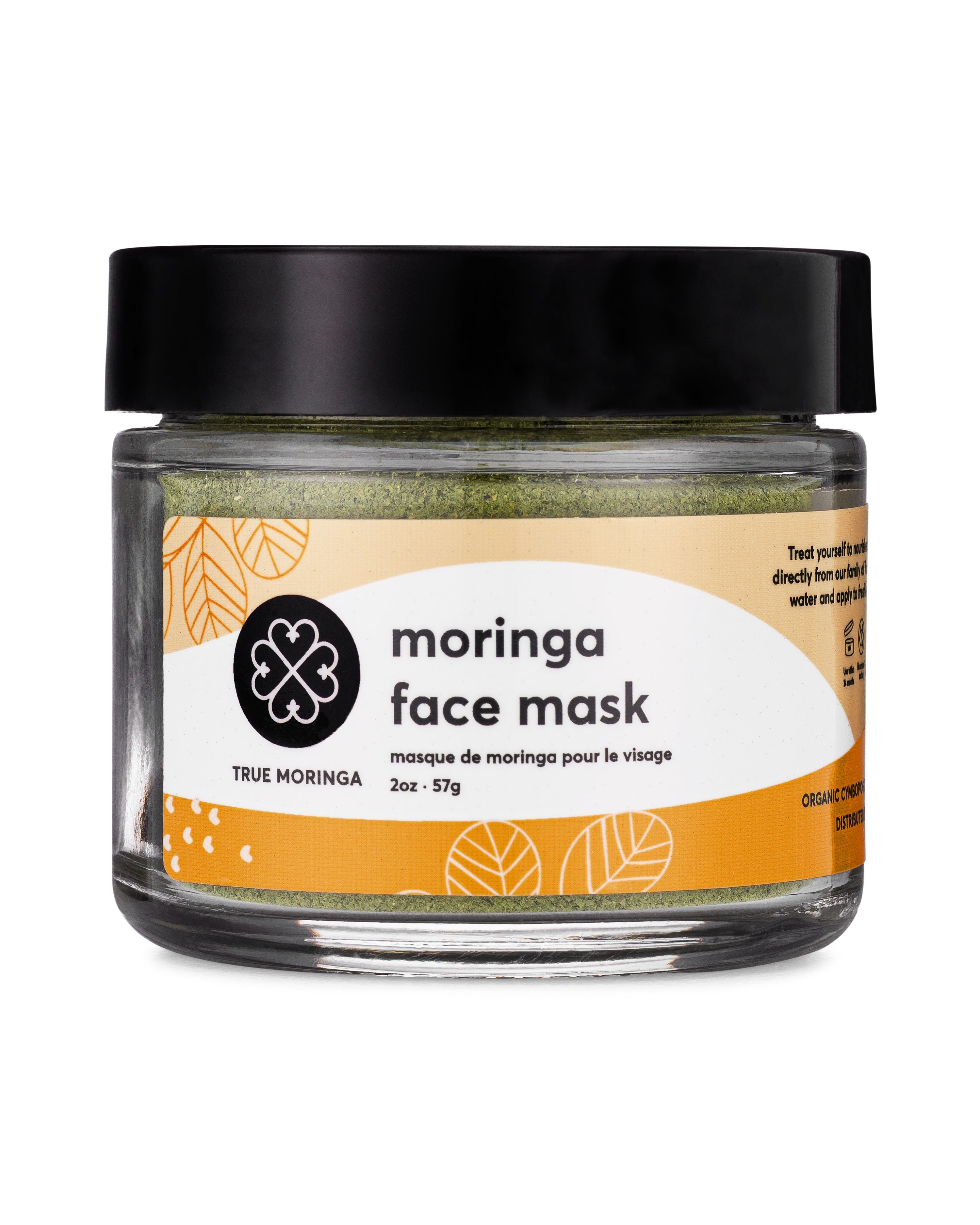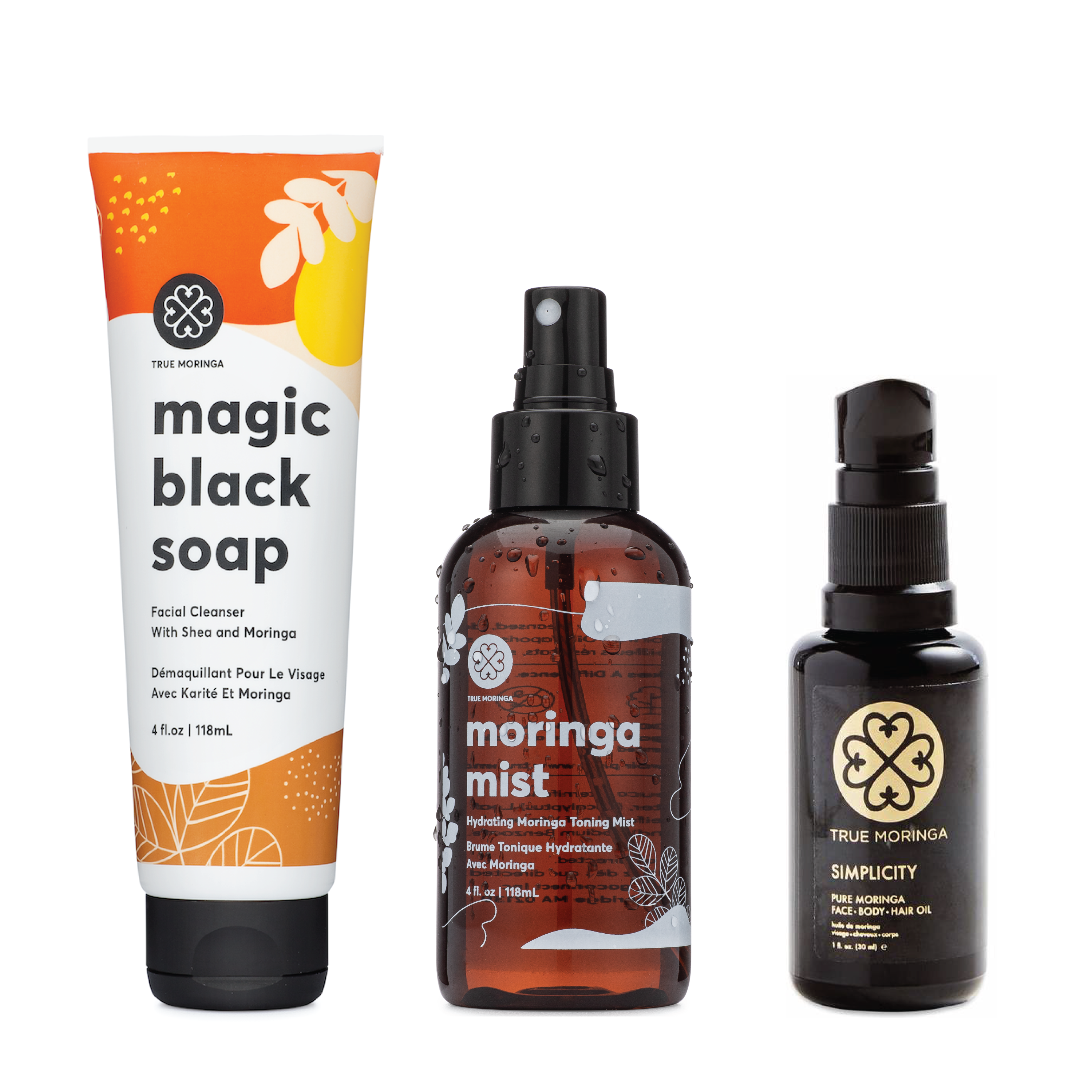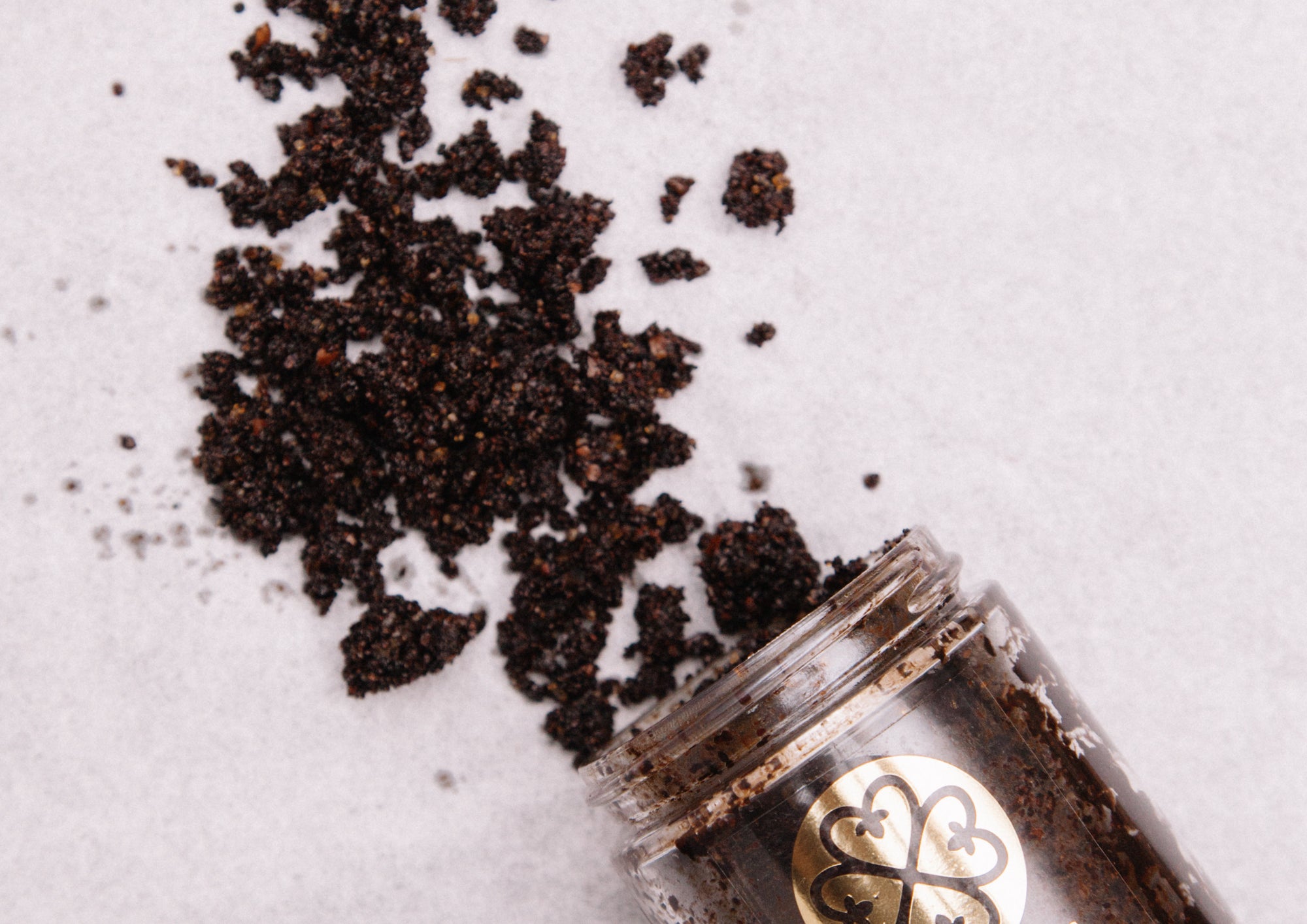
· By Carson Ross
The Ultimate Exfoliation Regimen
As someone who has chronically itchy skin, exfoliation is my absolute favorite part of my skincare routine. If you’re doing it right, exfoliating brightens, moisturizes and strengthens skin, helps get rid of blemishes, and it feels AMAZING. If you’re using products that aren’t right for your skin, or over-exfoliating (yes, unfortunately there is such a thing), then please allow me to drop some exfoliation knowledge that will expose you to all the wonderful benefits of this deep-cleaning skincare necessity.
Why exfoliate?
Your body is constantly producing skin cells in the basal layer of the epidermis. As the cells on the outermost layer dry up and eventually die, they are replaced by these new cells from the basal. The entire process takes about 3 to 4 weeks.
Exfoliating helps to remove the dead skin from the surface by either scrubbing or chemically weakening the proteins that hold them in place. The newly exposed skin is firmer and brighter, while dead skin that doesn’t get sloughed off will leave you with a dull, rough looking complexion.
How often should I exfoliate?
This depends on your age, skin type, and method of exfoliation (which I’ll get to in the next section). For most gentle facial exfoliates, dermatologists recommend 1-2 times per week.
The idea is to help along the natural cycle of shedding dead skin, without damaging or irritating the new, or removing the natural protective layer of oils on the outside of your skin. As we age, the cycle of skin renewal slows down, so your use of exfoliates may need to as well. If you experience any redness or irritation, you should stop exfoliating for a few days, and either change your product or reduce your routine to once every 1-2 weeks.
What exfoliating techniques and products should I be using?
The myriad exfoliating options can be broken down into two categories: chemical and friction based. Chemical exfoliates work on weakening the bonds that hold the dead skin cells onto the new, while friction based methods literally scrub off the dead cells to expose the fresh skin underneath.
One of the big up-and-comers on the exfoliating scene is dry-brushing. This is a great friction-based technique for even sensitive skin, as it’s (you guessed it!) performed on dry skin. Using a dry brush in small, gentle circular motions over your whole body before showering helps brighten the skin, improve circulation, and reduce cellulite.
Other than that, most of your exfoliating probably takes place in the shower. Look for products that have a moisturizing component in addition to an exfoliating one to instantly sooth the newly exposed skin. The best products for rejuvenating dry skin on the body will contain one or more of the following:
Salt – Salt is great for dry skin because the trace minerals help seal in moisture while stimulating new cell growth. It’s also found to be helpful in treating psoriasis and eczema (the latter of which I can personally attest to!)
Papaya – Papaya produces an enzyme called papain that naturally dissolves dead skin cells and reduces the appearance of wrinkles and age spots.
Coffee – Coffee is great for exfoliating, moisturizing and toning skin, and the caffeine will firm and tighten. True Moringa pairs with Vega Coffee to make an incredible Rejuvenating Body Polish that’s great for all skin types
Sugar – The glycolic acid in sugar boosts new skin cell production while breaking down the protein that keeps the dead cells hanging on.
Oatmeal – Crushed oatmeal is a common exfoliating ingredient that’s also a natural anti-inflammatory, making it perfect for sensitive skin.
Note that these exfoliants are too harsh to use on the tender skin of the face, but they're the perfect remedy for thirsty elbows, knees, and even lips. Enjoy!

